The Genius of Rodin in Rodin Museum Paris
- Jonathan

- Jul 24, 2022
- 6 min read
Updated: Apr 3, 2024
Anguish and despair. Passion and excitement. Love and hate. The sculptures of Rodin ushered in a new era — where stone and bronze came alive with the full emotional depth of the human experience.

Known as the father of modern sculpture, Rodin is revered as a giant in the field. Though he is celebrated now, he was ridiculed early on in his career by fellow sculptors who felt the work was far too emotional, not decorative enough, and nonconformist.

And yet those are the exact features of his work that make Rodin’s name, more than 100 years since his death, a symbol of great artistic achievement.

Many of my Paris tours include visits to art museums. And the Rodin Museum is striking in the way it brings people close to these works that they have seen countless times, but never really seen. Sculpture, more than perhaps any other work of art, has to be visited in person to appreciate. And one simply must visit Rodin’s creations.
Let’s celebrate the life and art of Rodin in a post that covers his biography and the lasting impact of his work. And when you're ready, contact me and let’s plan your own tour of the Rodin Museum!
The Life of Rodin

He was born Auguste Rodin on November 12, 1840 in Paris. His working class background forced him to learn many things on his own, without the help of an expensive education. He taught himself to draw at the age of 10, and by 14 he was enrolled in a school for art and math.
At the end of his tenure there, he tried to get into the École des Beaux-Arts even after submitting three times. That means the judges refused not one but three Rodin sculptures. This was in 1857, when Neoclassicism was still the dominant style in France.
Butting up against the tastes of his time would be a recurring theme for much of his younger years.
Doing what he could to earn a living, Rodin worked as an ornamenter. But when his sister died in 1862, Rodin tried to change his life and entered the Congregation of the Blessed Sacrament. The head of the order saw that Rodin was not temperamentally suited for religious life, but what he lacked in piety he made up for in extreme talent for the arts.

Under the encouragement of the order, Rodin left and went back to work. He also began studying under Antoine-Louis Barye. Barye, a talented artist in his own right, mostly worked as an animalier, sculpting animals.
The sinewy style of Barye made an enormous impact on Rodin, and seeing their work side by side, one can clearly feel the influence this teacher had on his pupil.
Rodin soon met the love of his life Rose Beuret, made his first exhibited work, took a brief stint in the military during the Franco-Prussian War, and was off to Belgium to pick up work as an ornamenter where there was good money.

It was while abroad from his home country that he took a trip to Italy. Here, he witnessed the work of Michelangelo, which Rodin credited with changing his own practice forever.
Rodin gaining popularity
Rodin finally exhibited his first major piece The Age of Bronze in 1877. It was a life-size bronze statue of a nude male. Due to its scale, critics believed it wasn’t a real sculpture — they said the young artist cast it directly from a real man. These suspicions hurt Rodin deeply.
His family life became increasingly stressed, with his mother’s death and his father’s increasing mental and physical disability, as well as his own son’s developmental problems.
He collaborated on commissioned work until finally being hired by the Sèvres porcelain factory. Uncharacteristically, Rodin worked in the style of the time, leading to sweeping success for the company. That notoriety brought him into the elite circles of the Paris Salon. Here, he made connections that led to him taking commissions as the lead designer and artist.
It is at this time that he began his four decade attempt at creating The Gates of Hell — meant to be a portal for a museum, though neither the portal nor the museum were ever completed. The Gates of Hell features details that Rodin would later expand on and make into large sculptures.
This includes his two most famous works: The Thinker and The Kiss.
A Leading Voice
By the 1880s, Rodin’s success gave him incredible freedom to pursue his own personal style, which had a way of splitting critical opinion.
Though an outsider for most of his life, he was chosen to judge for the Paris Salon in 1889. He was now at the top of the art world.
He continued taking important commissions and expounding on his singular style. This could sometimes cause him trouble, as when he completed a commission for a sculpture of Honoré de Balzac.

After many years working on the concept, Rodin finally exhibited the piece in 1898. The critical reception was sharply negative, and the artist was forced to pay back the commission. And yet, today, it is seen as a triumph, and a cast of it is now shown publicly in Paris along the Boulevard du Montparnasse.
Munch and Van Gogh and Monet in Rodin Museum
Rodin becomes a successful entrepreneur
As the 20th century got going, Rodin had an army of assistants, an astronomical fortune, and even began gaining popularity in America and Britain. The famed German poet Rainier Maria Rilke became a devotee, and he taught many sculptors who would go on to become important voices in their own right.
What Is Special About Rodin?
By the time Rodin died — five days after his birthday in 1917 — he was internationally renowned as perhaps the greatest living artist.
The depth of expression in his work was unrivaled in his time, and it went on to encourage new approaches to sculpture that directly led to many of its developments in the 20th century.
Some of his works are so popular that they have become images embedded in the public consciousness, especially The Thinker.
But these facts do not really get to the heart of what makes Rodin so special. He was a voice all his own, a unique genius who created a new way of bringing what it feels like to be alive into three dimensions.
Whether stone or bronze, his work feels as alive as any human you could meet, as filled with dreams and terrors and heartbreak and desire. Simply put, Rodin could take cold stone and metal and make it fiery with feeling.
That he was so prolific is a gift to humanity. The many thousands of works he completed in his lifetime are treasures that have pushed the art world forward, and they have helped redefine what it means to be a human being in the modern era.
The Musée Rodin
The Musée Rodin (or Rodin Museum) began its life as a private townhouse, known as the Hôtel Biron. It finished construction in 1732, complete with generous grounds that include a fountain and gardens.

Once the neighborhood became less trendy, it passed through many hands. At different times, it was the house for the Papal legate and the Russian ambassador. Eventually, it became a school for young women run by the church.
But in 1905, a French law passed that required the separation of Church and State. This meant the school had to close, and soon enough in 1908, Rodin was renting part of it to keep his sculptures and eventually to be his studio.
But Rodin envisioned the entire building being converted into a museum of his work. And when he died, his entire artistic property — from sculptures to archival content to studio materials — were donated. The Musée Rodin had begun.
In the years since, a few renovations have returned some of the original grandeur of the building, as well as bringing in custom landscaping to emphasize a few of Rodin’s pieces displayed on the grounds.
The museum is a wonderful opportunity to focus on the magnificent works of a sculptor who changed the world of art forever.
Meet Rodin in Paris

Taking people on tours of the Musée Rodin is always a special experience. Nestled into the city of Paris, people are always amazed at just how large the building and grounds are. And then they begin looking at the artwork, and they are amazed all over again.

That it is dedicated to a single artist would be a flaw if the subject was almost anyone else. The sculptures are so varied, so powerful, so haunting that seeing them all in such quick succession allows you to fully get inside the genius of the artist.
It’s a one of a kind experience, and you can only find it in Paris.





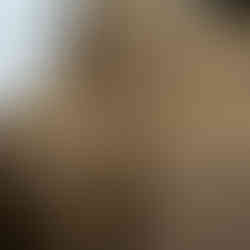



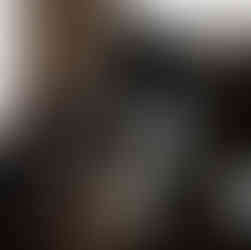


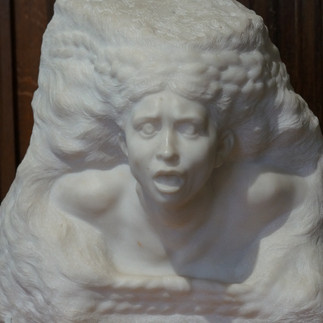

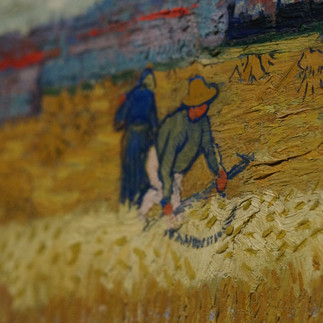

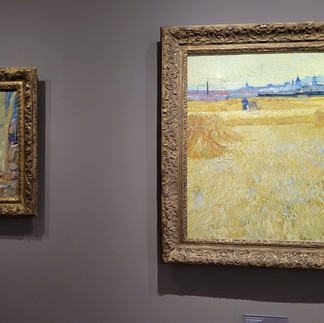



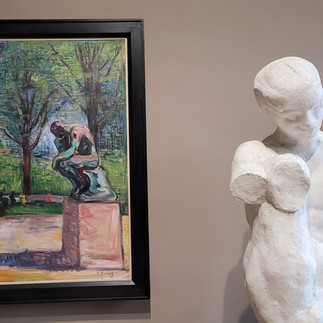







Comments